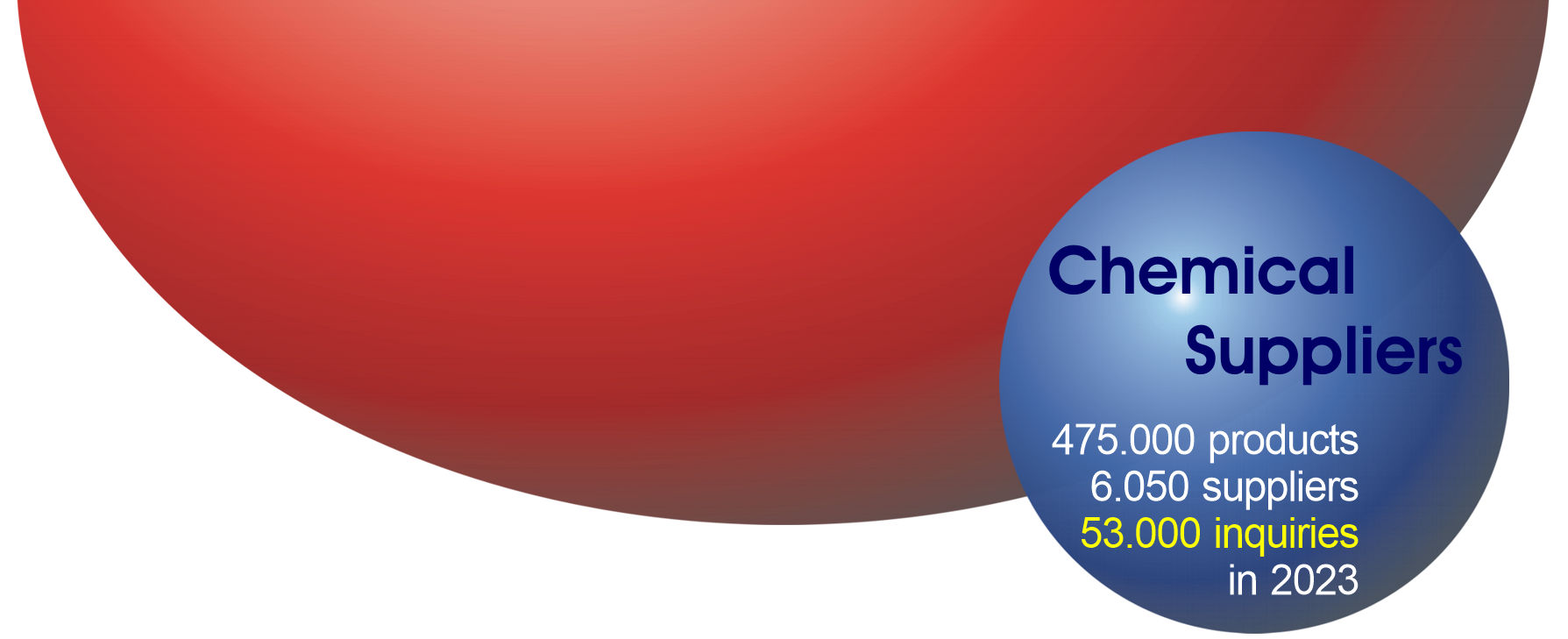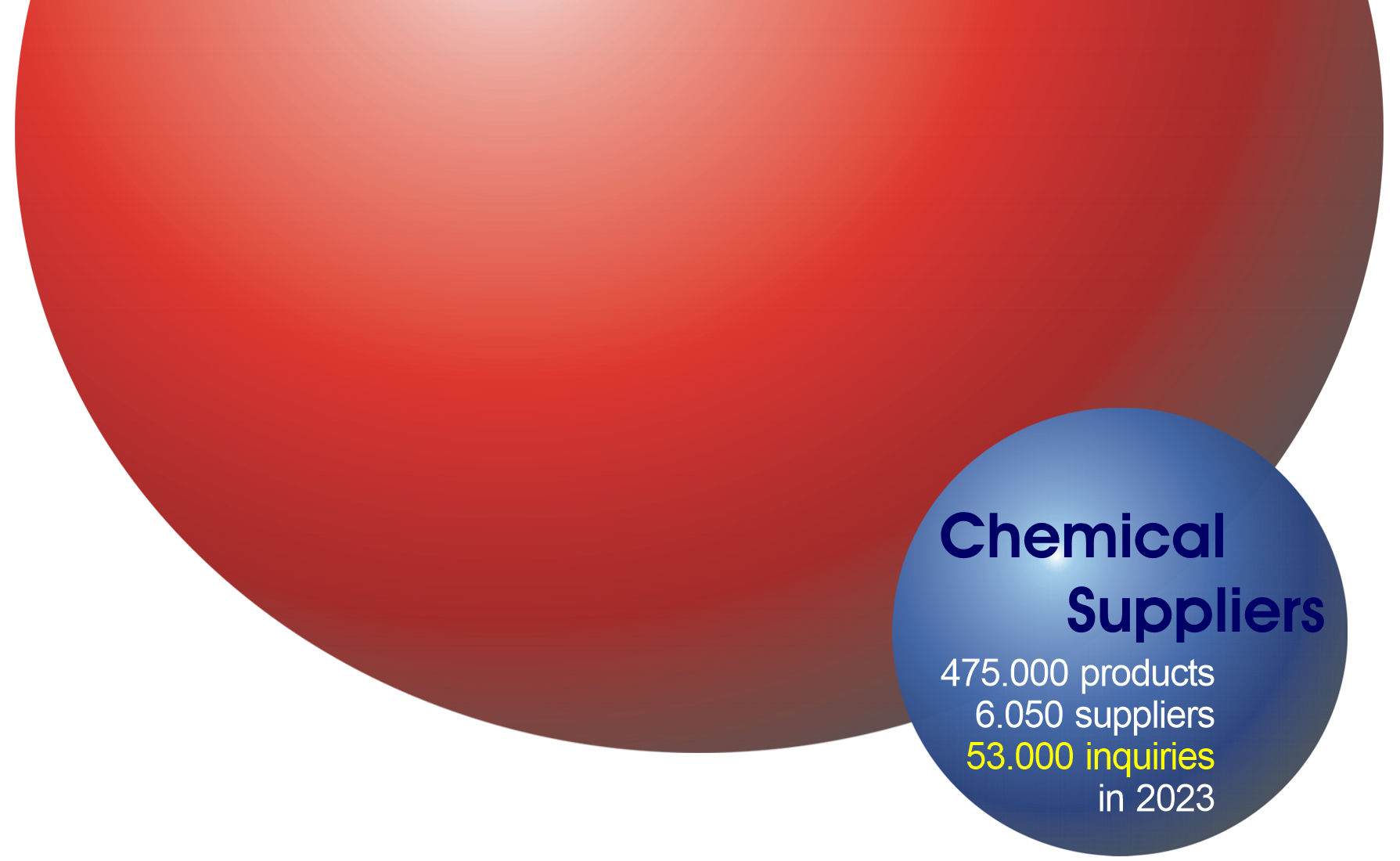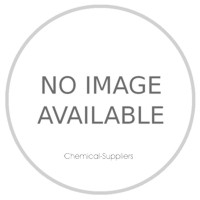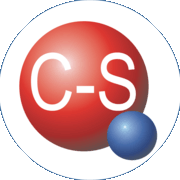x
Hazard Statements

GHS02
Flammable
- Flammable gases, category 1
- Flammable aerosols, categories 1, 2
- Flammable liquids, categories 1, 2, 3
- Flammable solids, categories 1, 2
- Self-reactive substances and mixtures, types B, C, D, E, F
- Pyrophoric liquids, category 1
- Pyrophoric solids, category 1
- Combustible solids, category 3
- Combustible liquids, category 3
- Self-heating substances and mixtures, categories 1, 2
- Substances and mixtures, which in contact with water, emit flammable gases, categories 1, 2, 3
- Organic peroxides, types B, C, D, E, F

GHS06
Toxic
- Acute toxicity (oral, dermal, inhalation), categories 1, 2, 3

GHS08
Health hazard
- Respiratory sensitization, category 1
- Germ cell mutagenicity, categories 1A, 1B, 2
- Carcinogenicity, categories 1A, 1B, 2
- Reproductive toxicity, categories 1A, 1B, 2
- Specific target organ toxicity following single exposure, categories 1, 2
- Specific target organ toxicity following repeated exposure, categories 1, 2
- Aspiration hazard, categories 1, 2

GHS09
Environmental hazard
- Acute hazards to the aquatic environment, category 1
- Chronic hazards to the aquatic environment, categories 1, 2
- Environmental toxicity, categories 1, 2
Safety & Transport Information
Confirmed carcinogen with experimental carcinogenic, tumorigenic, and teratogenic data. A human poison by inhalation. Poison experimentally by inhalation, intravenous, subcutaneous, and intraperitoneal routes. An experimental teratogen. Other experimental reproductive effects. Human systemic effects by inhalation: somnolence, fever, and other pulmonary changes. Vapors may cause coughing, dyspnea (difficult breathing), irritation, congestion and edema of the lungs, tachycardia (rapid pulse), cyanosis, headache, dizziness, and weakness. Toxicity by inhalation is believed to be caused by both the nickel and carbon monoxide liberated in the lungs. Chronic exposure may cause cancer of lungs, nasal sinuses. Sensitization dermatitis is fairly common. Probably the most hazardous compound of nickel in the workplace. A common air contaminant. It is lipid soluble and can cross biological membranes (e.g., lung alveolus, blood-brain barrier, placental barrier).A very dangerous fire hazard when exposed to heat, flame, or oxidizers. Moderate explosion hazard when exposed to heat or flame. Explodes when heated to about 60°. Explosive reaction with liquid bromine, mercury + oxygen, oxygen + butane. Violent reaction with dinitrogen tetraoxide, air, oxygen. Reacts with tetrachloropropadiene to form the extremely sensitive explosive dicarbonyl trichloropropenyl dinickel chloride dimer. Can react with oxidizing materials. To fight fire, use water, foam, CO2, dry chemical. When heated to decomposition or on contact with acid or acid fumes, it emits highly toxic fumes of carbon monoxide. See also NICKEL COMPOUNDS and CARBONYLS.Analytical Methods: For occupational chemical analysis use NIOSH: Nickel Carbonyl, 6007.
Risk Codes:
R11 - Highly flammable
R26 - Very toxic by inhalation
R40 - Limited evidence of a carcinogenic effect
R50/53 - Very toxic to aquatic organisms, may cause long-term adverse effects in the aquatic environment
R61 - May cause harm to the unborn child
Safety Codes:
S45 - In case of accident or if you feel unwell seek medical advice immediately (show the label where possible)
S53 - Avoid exposure - obtain special instructions before use
S60 - This material and its container must be disposed of as hazardous waste
S61 - Avoid release to the environment. Refer to special instructions/safety data sheet
Hazard Symbols:
Flammable, dangerous fire risk, explodes at 60C (140F). A carcinogen (OSHA). TLV: 0.05 ppm(Ni).
RID/ADR certification :
1259








 Chemical-Suppliers.eu
Chemical-Suppliers.eu